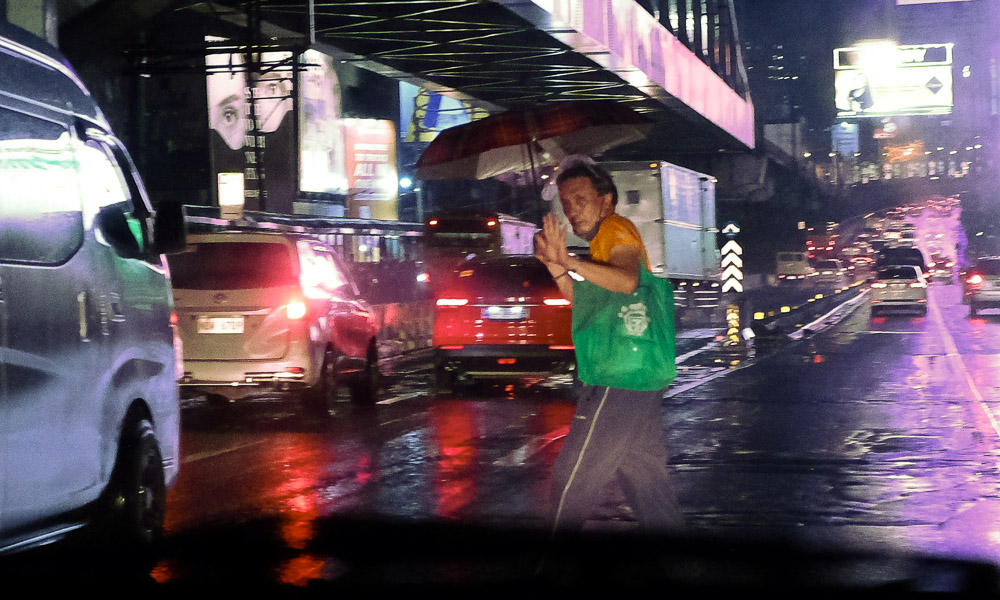
Imagine someone else causes a problem and instead of dealing with that someone, the government goes and blames you for the issue. Not only that, the powers-that-be then even go as far as trying to make you pay for a problem you didn’t create. Sounds unfair?
Sadly, as two recent news pieces show, that’s what’s happening in Metro Manila. Authorities continue to throw everything but the kitchen sink at problems caused by traffic, all while seemingly treating everyone without a private car like second-class citizen in an approach some may perceive as being anti-poor.
There is hope, though, as some leaders are starting to do the right things.
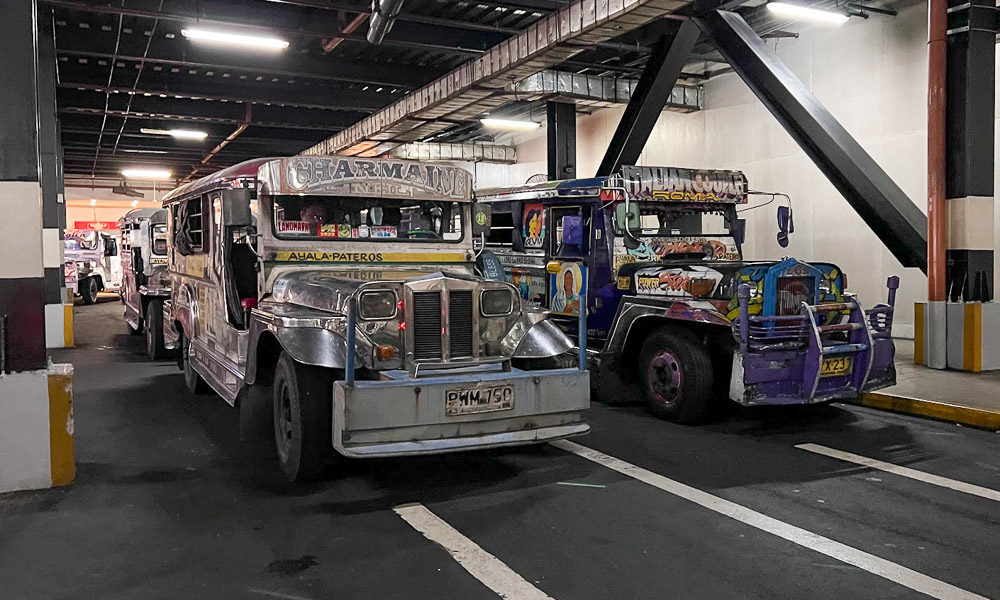
News story number one is about suggested surge pricing for jeepneys and buses. The Land Transportation Franchising and Regulatory Board is currently looking into a petition filed by transport groups that would see the introduction of rush-hour rates, with P1 added to the jeepney base fare and P2 to the city bus fare during peak hours of 5am-8am and 4pm-8pm (except Sundays and holidays).
The idea was first floated last year and is being reintroduced in light of rising fuel prices. Disregarding the obvious issue that this will be hard to enforce in practice, the mere idea smacks of being anti-poor.
While those with enough cash can float around town in the back of limos and SUVs, the poorest commuters might have to dig even deeper for the privilege of being ferried around like cattle in the back of polluting death traps that wouldn’t even be allowed on public roads in most other countries.
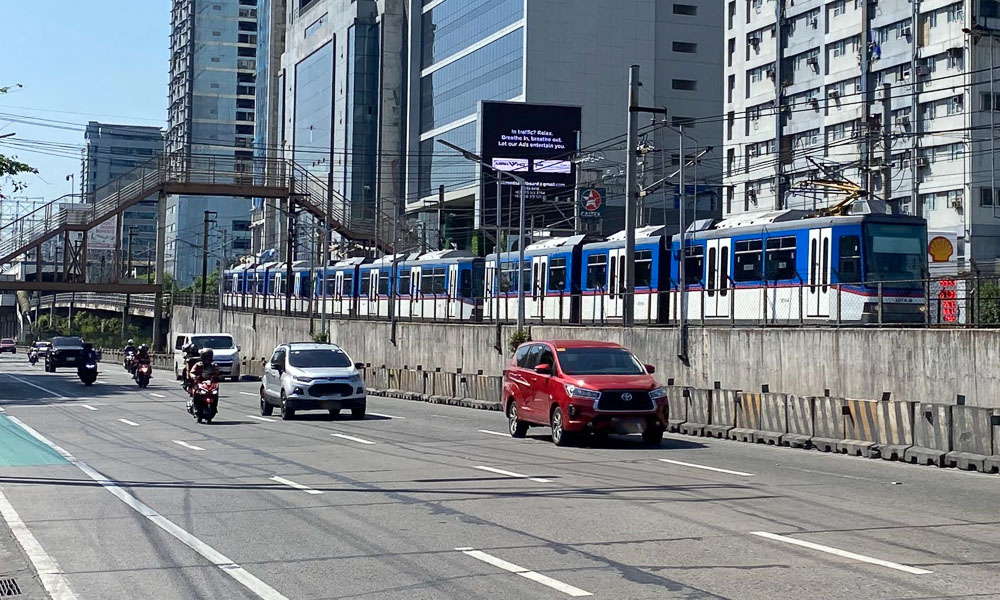
The jeepney might be an iconic sight, but so were horses back in the 1800s. It’s time to move on, and instead of faffing about with surge pricing, the LTFRB and others in charge of public transport should focus efforts more on modernizing things and making them more affordable.
In fairness on this issue, the LTFRB has yet to meet with commuter groups and other stakeholders to discuss how the persistent public transport issues can be overcome. Something they have seemingly been doing for ages.
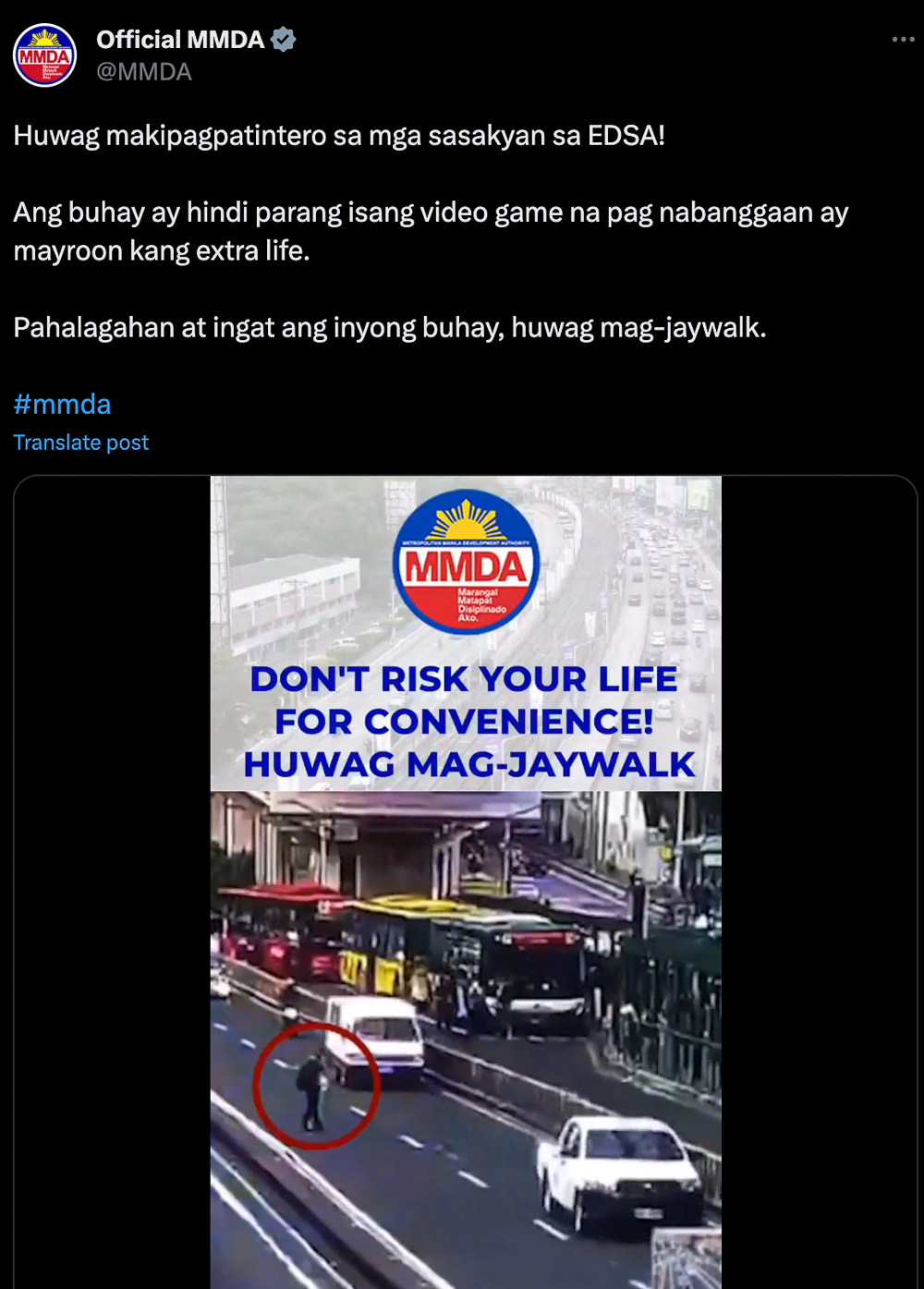
Story number two revolves around a social media post by the Metropolitan Manila Development Authority. In it, the agency shared a video of a commuter trying to cross EDSA on foot, and admins made reference to video games and called for pedestrians not to jaywalk for their convenience.
“The opposite of good is not bad, but well-meant,” and this post is a classic example of that saying. From the footage one can reasonably assume that the person crossing the busy roadway isn’t doing so because he’s a fan of ’80s video games, but because he is a commuter trying to reach the bus station that is located at the center of the bridge.
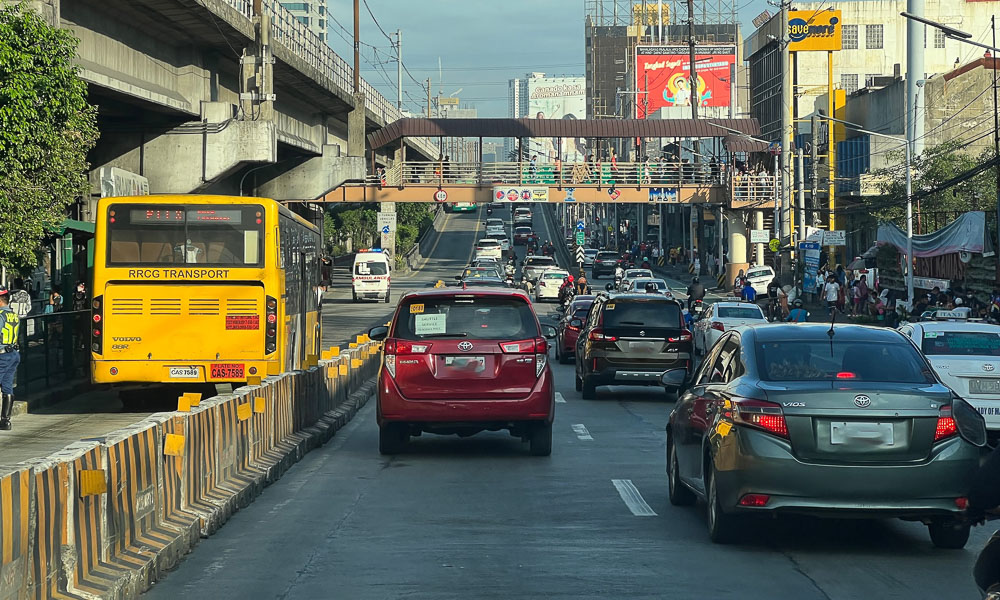
Thanks to the car-centric design of the area (and the whole of EDSA, really), there’s no easy way to cross the road. The pedestrian is the most vulnerable party in this scenario, yet he is being blamed for trying to overcome an issue authorities created.
Because nothing must ever be allowed to get in the way of the sacred private car, pedestrians are being chastised for the mere attempt of trying to do what is totally normal in most modern cities: walk to a bus terminal without being pancaked.
Granted, there’s no easy fix for a mess like EDSA, but a different tone—one that doesn’t make it sound like pedestrians are seen as a pesky inconvenience—would certainly help.
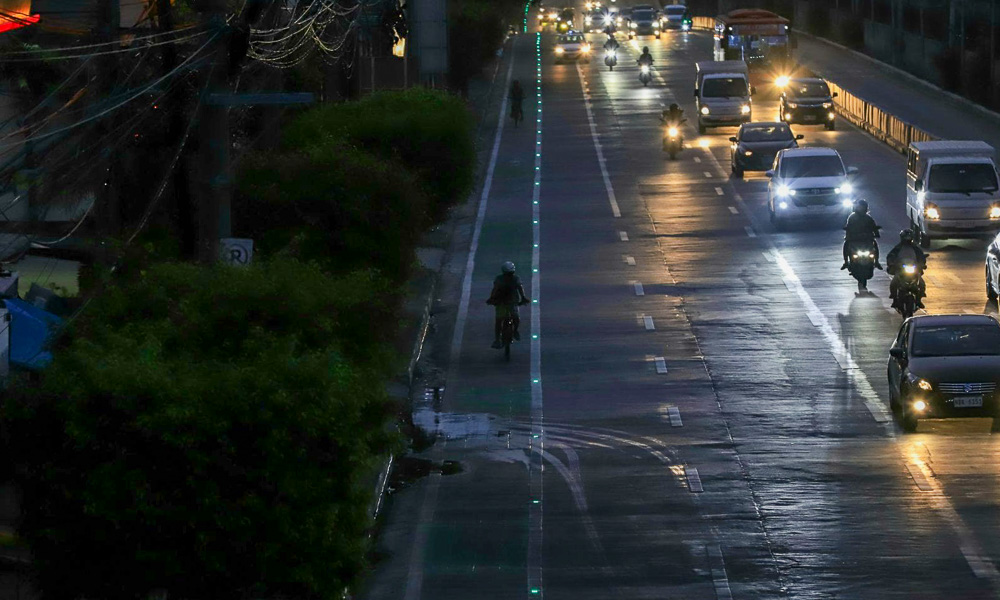
Not all cities in the metro are stuck in their old ways, though, and there are glimmers of hope. Quite big glimmers, actually.
The biggest city in Metro Manila—and indeed the Philippines—is actively looking at making itself more livable. Quezon City, under the leadership of Mayor Joy Belmonte, is working on expanding its cycle-lane network, and city planners are also exploring the concept of 15-minute cities.
While the likes of Makati seemingly provide little more than lip service when it comes to supporting meaningful change, QC is leading the way and placing the human, and not the car, at the heart of its strategy. Let’s hope others take note and consider similar approaches.

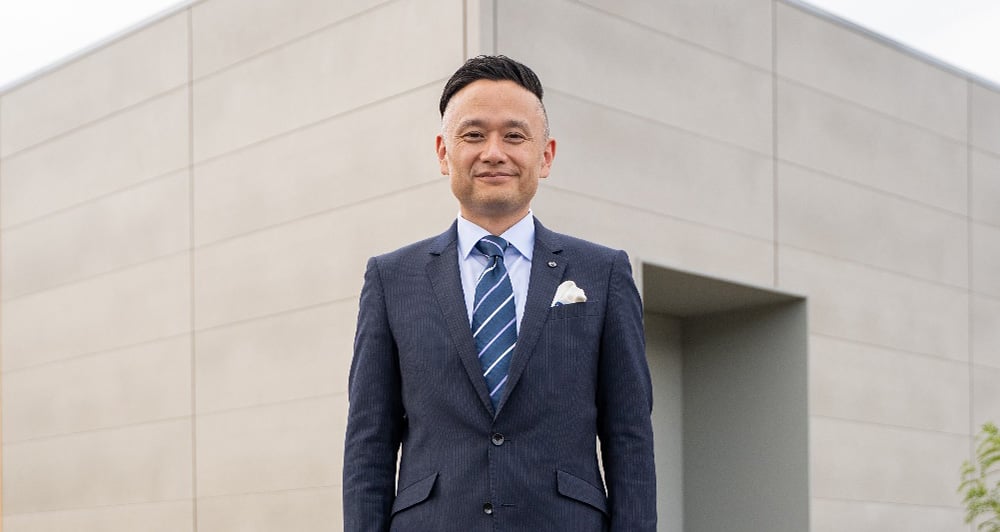
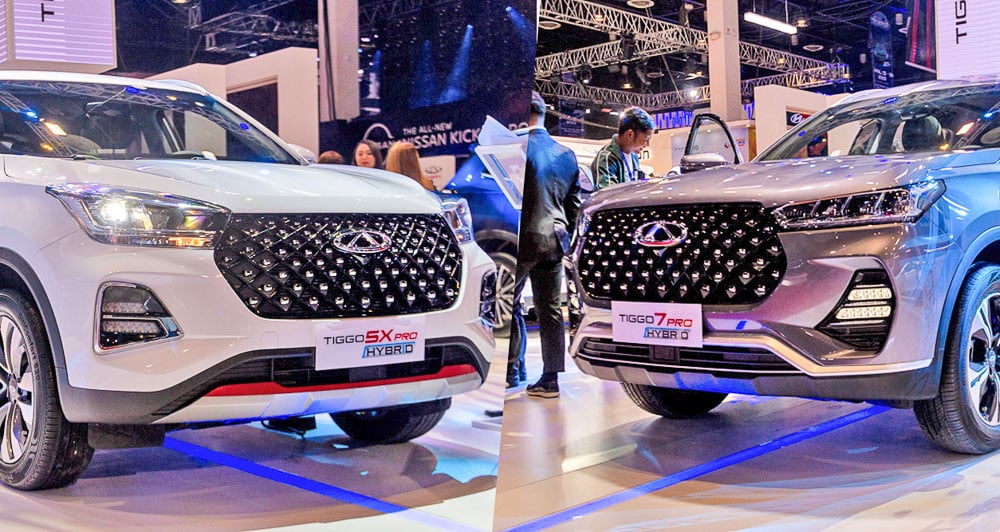
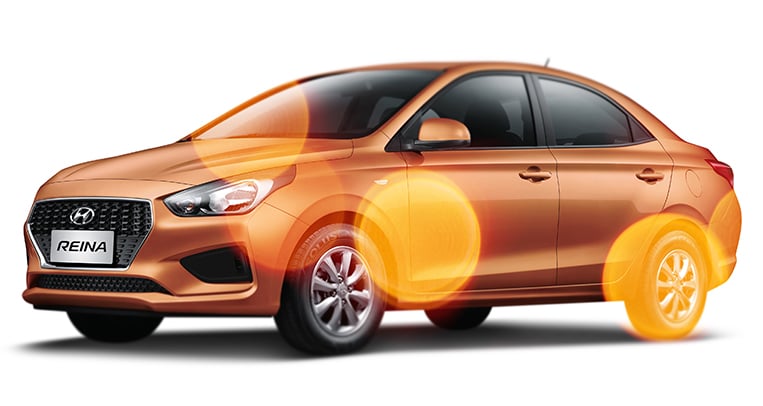
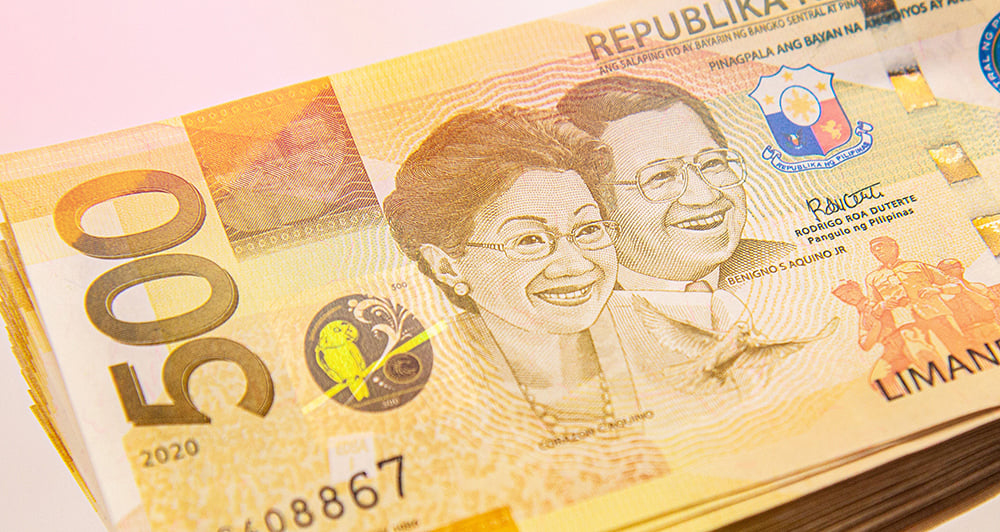
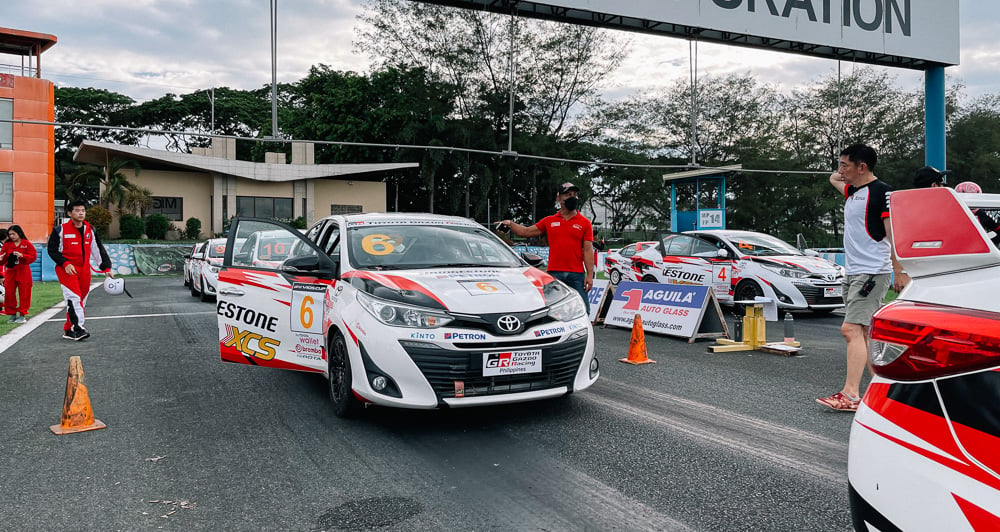
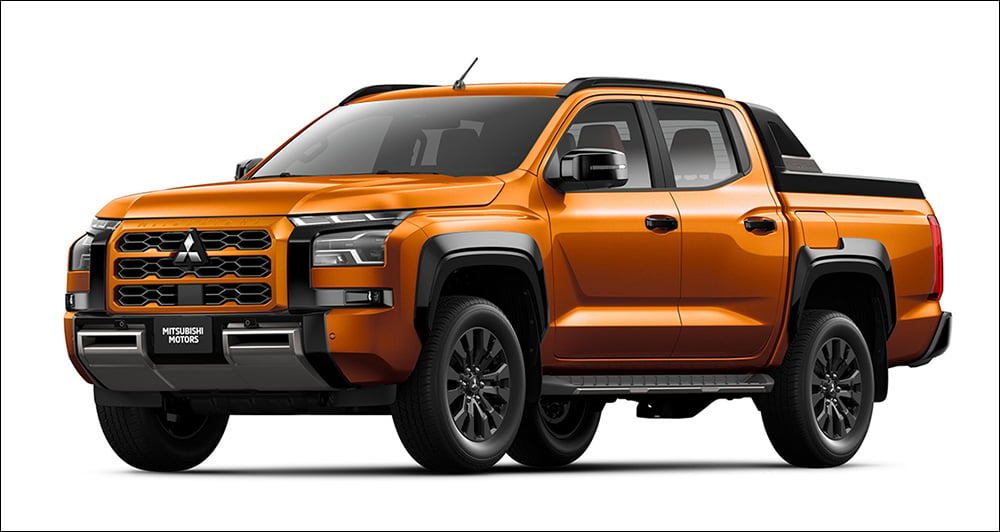

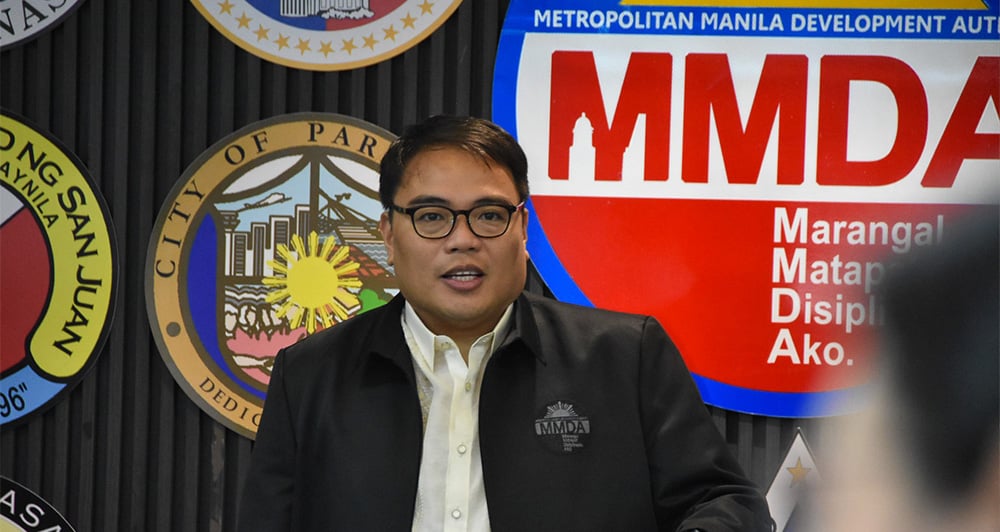

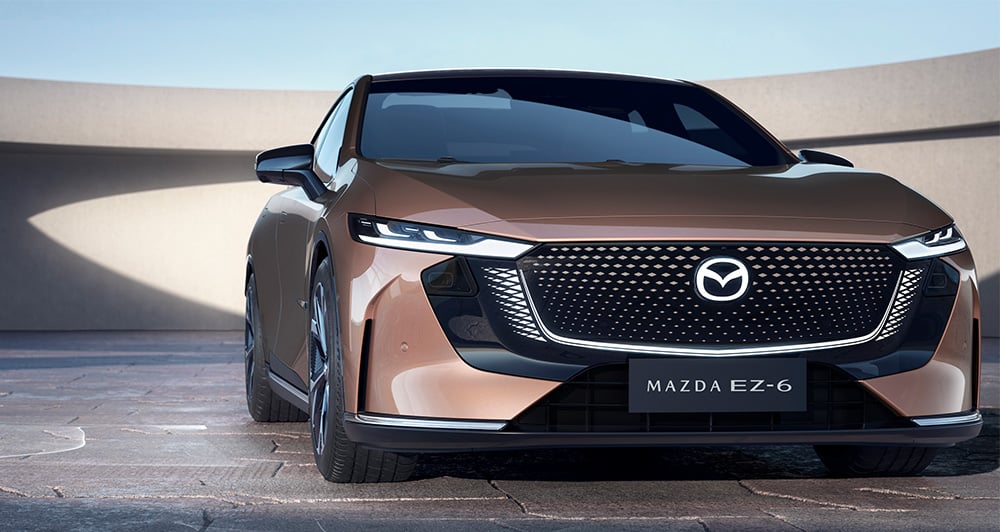
Comments